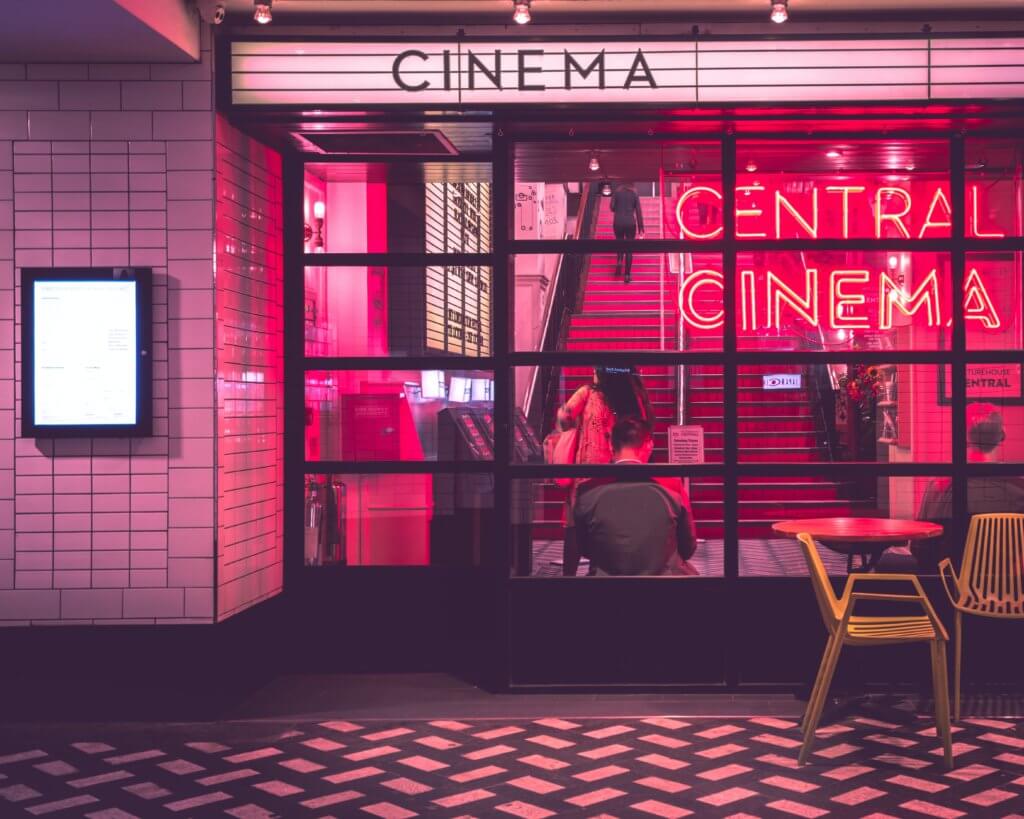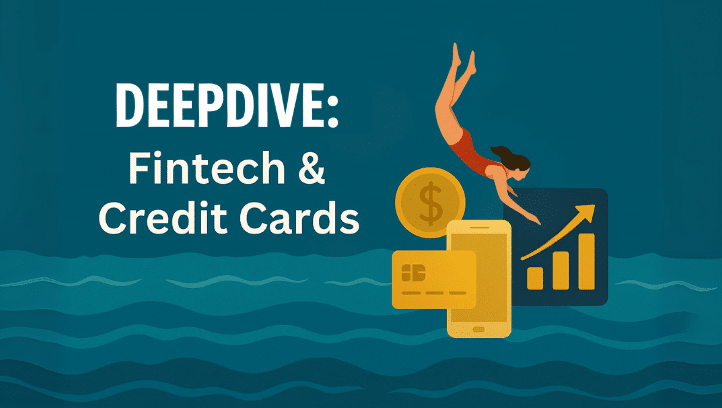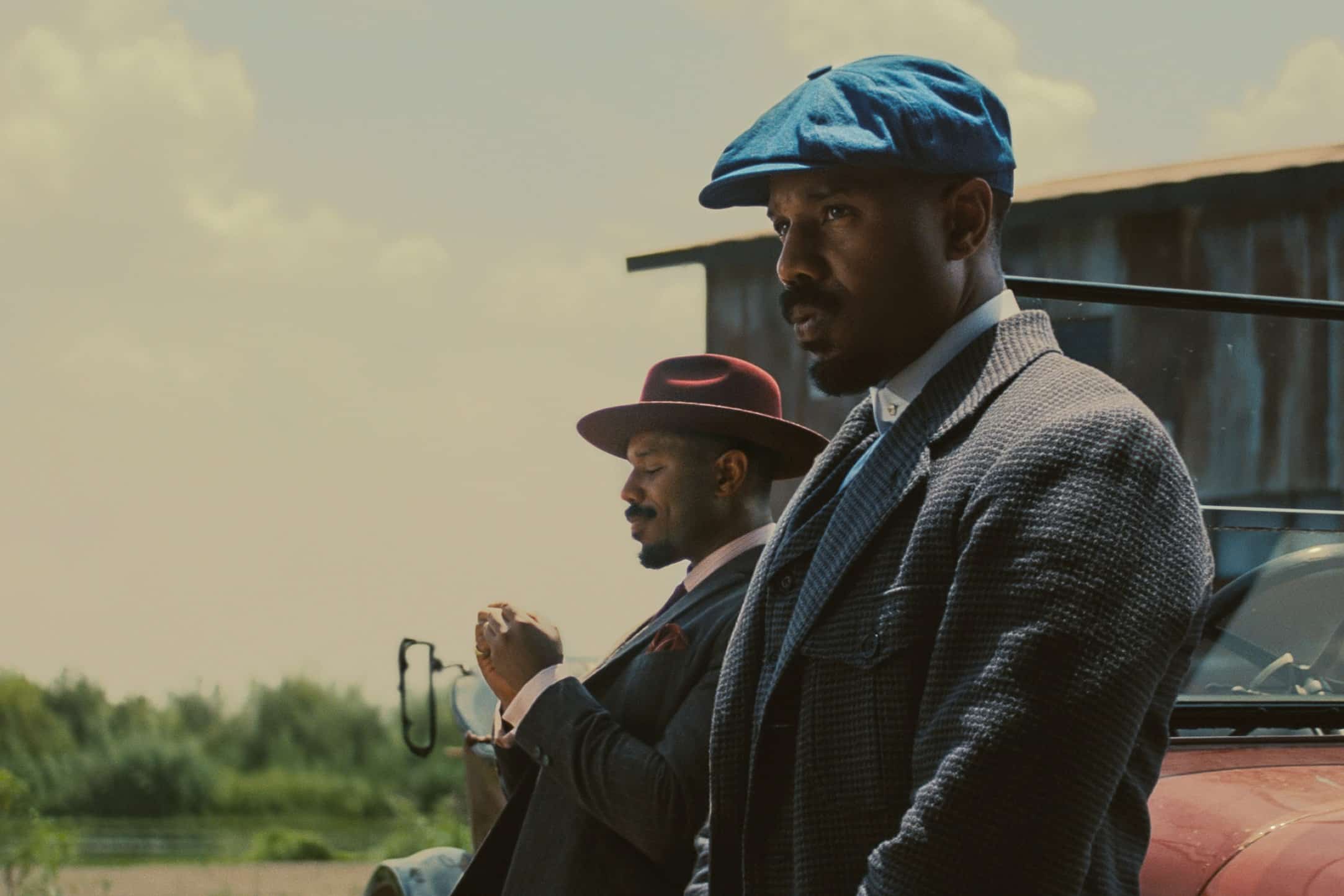Since the pandemic started, it’s been a period of unprecedented challenges for the film industry, with theaters either shut down or opening at a reduced capacity. While the television industry has faced the exact same setbacks in terms of filming new content, because of the at home distribution model, television has been releasing more content during the pandemic and has gotten a lot more reps at identifying social media best practices during the age of the coronavirus. Based on those efforts, the ListenFirst social media social listening platform has identified the following best practices that movie marketers can adapt in their own social media outreach.
Virtual Table Reads
One big social media trend on the television side since the pandemic began has been doing virtual table reads of classic TV shows, for instance The Nanny revisiting their pilot and the Lizzie McGuire reading their Bra Episode, with these original casts usually reuniting in support of a charity. During the pandemic, there have also been movies virtual table reads, though with a couple of key differences. For one they’re longer; while most TV table reads being shared on social media are only reading a script for 30 minutes tops, movie table reads streamed on social media should be maximum an hour in length, which is still shorter than an actual movie.
The other key difference is unlike with TV projects, film virtual table reads don’t have to feature the original cast, for instance the Fast Times at Ridgemont High virtual table read featured Brad Pitt, Jennifer Aniston, Julia Roberts, and Matthew McConaughey; and even while Sean Penn took part, he was playing a different role than the one that made him famous. The event was a huge success, raising $135,000 for COVID-19 related charities.
There is one way that movie studios can improve on these virtual reads. The Scott Pilgrim vs. The World table read and Princess Bride Reunion were both done as fundraisers, and that’s great. However, considering studios are hesitant to release new films during the pandemic and are instead rereleasing old favorites into theaters, there should be more synergy around the movies chosen for virtual table reads. For instance if Jurassic Park and Dirty Dancing are returning to theaters, staging a virtual table read for those films could serve both as a fundraiser and a promotion for the rerelease.
Watch Parties
TV brands have been pretty active during the pandemic in using watch parties on social media to promote previously released content. For example, as ListenFirst previously discussed, Amazon Prime launched a #MaiselMonday weekly watch party for season 3 of The Marvelous Mrs. Maisel, which generated 10,381 Tweets between May 11 – August 11, 2020.
As films are standalone content, movies need to find watch party angles that work as one time events. For instance, The Kissing Booth 2 generated 106,935 responses to an Instagram challenge asking fans to rewatch TKB1 and ask the cast questions; while The Hunger Games promoted watching the movie series on Tubi by creating a bingo card to fill out whenever a moment happens on screen, which generated 20,104 responses on Instagram.
Writer/director Jon Stewart will be hosting a LIVE Watch Event this Friday for #Irresistible! Join us & tweet along, we’re all pressing play ⏯ at 5pm PT / 8pm ET!
— Irresistible (@irresistible) June 24, 2020
🎬 Pre-order the film: https://t.co/bA1K1cvHKO
🎙 Tweet along & send questions with #Irresistible #AskJonStewart
Meanwhile the movie Irresistible generated 1,955 responses on Twitter to an announcement that writer/director Jon Stewart would host a watch party around the film and that fans should Tweet him questions.
If your film has previously promoted a watch party with the cast on social media, a fresh angle is to work with an influencer and have them host the watch party, using either Twitter or Twitch to lead the real-time conversation around the screening.
Memes
Reese Witherspoon is credited with starting the January – September meme, showing how her mood has deteriorated during the pandemic and the joke was picked up, both by TV shows and films. For example, Stranger Things generated 852,372 responses on Instagram to their version of the meme. Meanwhile on the film side, Deadpool shared their version of the January – September challenge which received 54,516 responses on Instagram with the Little Woman take generating 28,313 responses on Instagram. In another meme, James Bond showed the before and after images of a work from home desk set up in week 1 vs. week 30 of the pandemic, which received 8,346 responses on Twitter.
WFH desk: week 1 vs week 30 pic.twitter.com/JwYiztEPY2
— James Bond (@007) September 7, 2020
Memes have become far more popular during the pandemic, for example there were 92,191,880 Tweets mentioning the word Meme between March – August 2020, which was a 55% increase from the volume of Tweets using the word in March – August 2019. Memes have become a huge part about how the social media audience is coping with “2020” and movie pages should be using them in their social outreach.
Remix Old Content
Comedy Central generated 140,523 responses for 15 minute YouTube video sharing all of Chappelle’s Show best movie parodies and film has also scored social media wins around collections of content framed around a specific theme. For example, Yash Raj Films shared a video on Facebook of their Top Comedy Scenes which generated 90,190 responses and James Bond posted a montage of Daniel Craig as James Bond beating up on bad guys, with the video getting 18,289 responses on Instagram. The New Mutants even saw success around a more self-effacing theme, as they generated 19,676 responses on Instagram around a photo gallery of posters with all of their different, pandemic changed release dates.
This might all be content the audience has seen before, but they’ll reengage if it’s framed in a fresh context.
DVD Extras Now Social Media Content
Back in the day, extra content would make its way to the DVD release, but in 2020 likely even more people are seeing this content when it’s shared on social media. That’s been the case for TV Pages, for instance Star Trek shared a Next Generation blooper reel on Instagram that generated 15,186 Responses and that’s proven equally true for Movie Pages. For example, Frozen 2 generated 18,690 responses for Instagram post sharing concept art; Terminator 2 got 17,889 responses on Facebook for sharing behind the scenes video of the cast getting their makeup put on; and Halloween shared a behind the scenes photo from 1981’s Halloween II that generated 464 responses on Twitter.
This type of additional content doesn’t even have to be archival in nature; for example Universal uploaded the original cast of the Pitch Perfect performing a new cover of Beyonce’s Love On Top, which doubled as a UNICEF fundraiser and received 523,367 responses on YouTube.
Especially around film franchises, any content that gives fans a chance to see more of their favorite characters or the actors who portray them will be embraced by the social media audience.
Want more ListenFirst tips for how movie pages can pivot and optimize their social media channels during the age of the coronavirus? Request a demo today!



